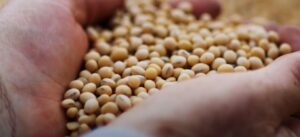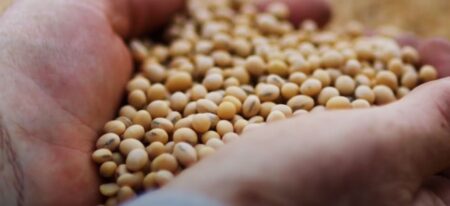The daily darkening of the skies, paired with the sting of sweat and suffocating humidity, is more than just a sign of July — it’s a harbinger of corn disease season. As corn crops move into reproductive stages, foliar disease pressure is intensifying across the Midwest. Tar spot, Southern rust, gray leaf spot, and northern corn leaf blight are emerging as widespread concerns. Weather patterns marked by heat, high humidity, and frequent rainfall have created ideal conditions for infection and spread, prompting agronomists to sound the alarm.
Tar Spot Isn’t the Only Threat
First confirmed in Kansas for the second consecutive year, tar spot has now been detected across much of the Corn Belt, including Iowa, Missouri, Wisconsin, Indiana, Michigan, Pennsylvania, and upstate New York. “The disease triangle is fully intact this year — susceptible host, favorable environment, and presence of the pathogen,” said Kim Tutor, technical marketing manager for BASF fungicides. “We’re seeing a complex of diseases building, not just tar spot.”
Courtesy of University of Kentucky
Southern rust has already been confirmed in Iowa, Illinois, and Minnesota. Reports of gray leaf spot and northern corn leaf blight are also increasing. “We’re seeing all three in the same fields,” Tutor added.
Act Early on Hidden Threats
Tar spot’s 14- to 20-day latent period makes it particularly tricky to manage. “Just because you don’t see lesions doesn’t mean the disease isn’t already active inside the plant,” said Tutor. She recommends a proactive — not reactive — fungicide approach.
Corteva Agriscience
Tyler Harp, technical product lead for fungicides at Syngenta, emphasized the importance of targeting applications around tassel to early reproductive stages. “Tar spot becomes more yield-limiting from R2 to R4. Applying fungicides just post-tassel gives your crop the best protection when it needs it most,” Harp explained.
Selecting Fungicides When Budgets Are Tight
With lower commodity prices, many growers are weighing whether to apply fungicides at all and whether to choose generics or premium products. Ryan Gentle, an agronomy manager for Wyffels Hybrids, acknowledged the dilemma. “We always say something is better than nothing. But if you can swing it, a multiple-mode-of-action product is going to give you better residual and standability,” he said.
Generic options may cost less but often lack data for newer threats like tar spot. “You have to ask yourself how much risk you’re willing to take,” Gentle said. “And what’s it worth to get an extra two weeks of harvest standability?”
Gentle recommends tapping into free tools like the Crop Protection Network’s (CPN) fungicide efficacy ratings and disease maps. “If you’re debating between products, check the CPN charts to see which ones are rated good or very good on tar spot. Some older generics don’t have tar spot data at all. That can be a red flag,” he said. Wyffels also shares internal hybrid response data to help farmers prioritize fields for application. “If you’re only treating one or two hybrids, that extra layer of insight really helps.”
When Is a Second Application Needed?
Though some advisors suggest bumping up fungicide rates to sidestep a second trip across the field, Harp warns that the data doesn’t support that strategy in high-pressure situations. “You might get marginally longer control with a higher rate, but it’s not a substitute for a second pass under heavy pressure,” he said. “Our data shows a second application can preserve an additional 20 bushels in those conditions.”
Tutor agreed. “In high-risk fields with early infection, a two-pass strategy may be necessary,” she said. “Start around first tassel, then follow up 21–28 days later if needed.”
As the season heats up and disease pressure mounts, growers are weighing their options. For those making tough decisions about whether, when, and how to spray, Tyler Harp offers this reminder:
“This is not the year to gamble,” Harp said. “If you have one shot to protect your crop, make it count.”


:max_bytes(150000):strip_icc()/SoybeanRedCrownRotSPorter-a25a83ece6b54909b3e6ba0d997bd49c.jpg)




:max_bytes(150000):strip_icc()/IMG_1494-2000-1ab63b3333624201a20b3e5b3e715c69.jpg)

:max_bytes(150000):strip_icc()/Cotton-Harvest-Matt-Miles-88f0df3cb0b84cc2aacfe15e4c15bda8.jpeg)
:max_bytes(150000):strip_icc()/IMG_7936-c12c642ad0064146a4aecfc1a60502a3.jpeg)
:max_bytes(150000):strip_icc()/HTTJohnDeeretractorwithtillage_preview-6e8cfa3643f043efb29085bd78d76c98.jpg)
:max_bytes(150000):strip_icc()/Canadian20flag48553671412_aeb0538794_c-0bfa123de2b54e30ab4fadecae382d4a.jpg)